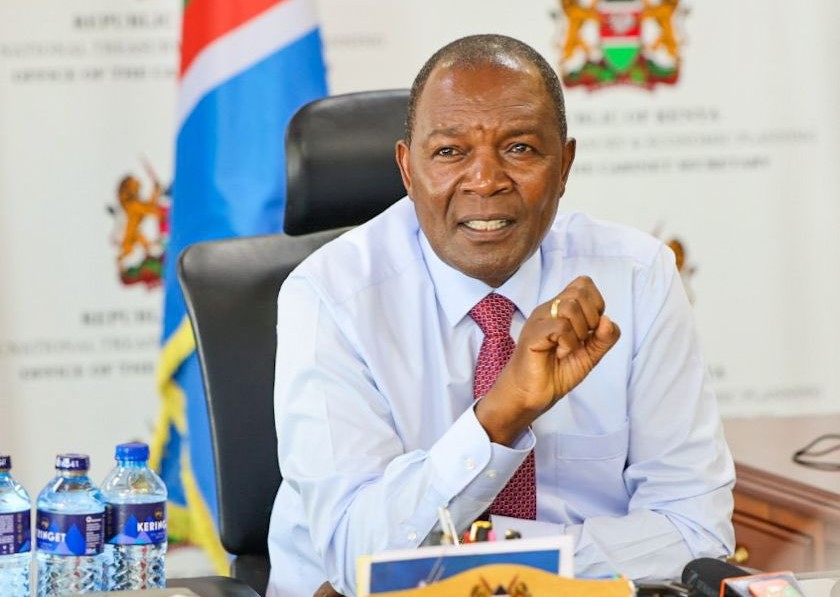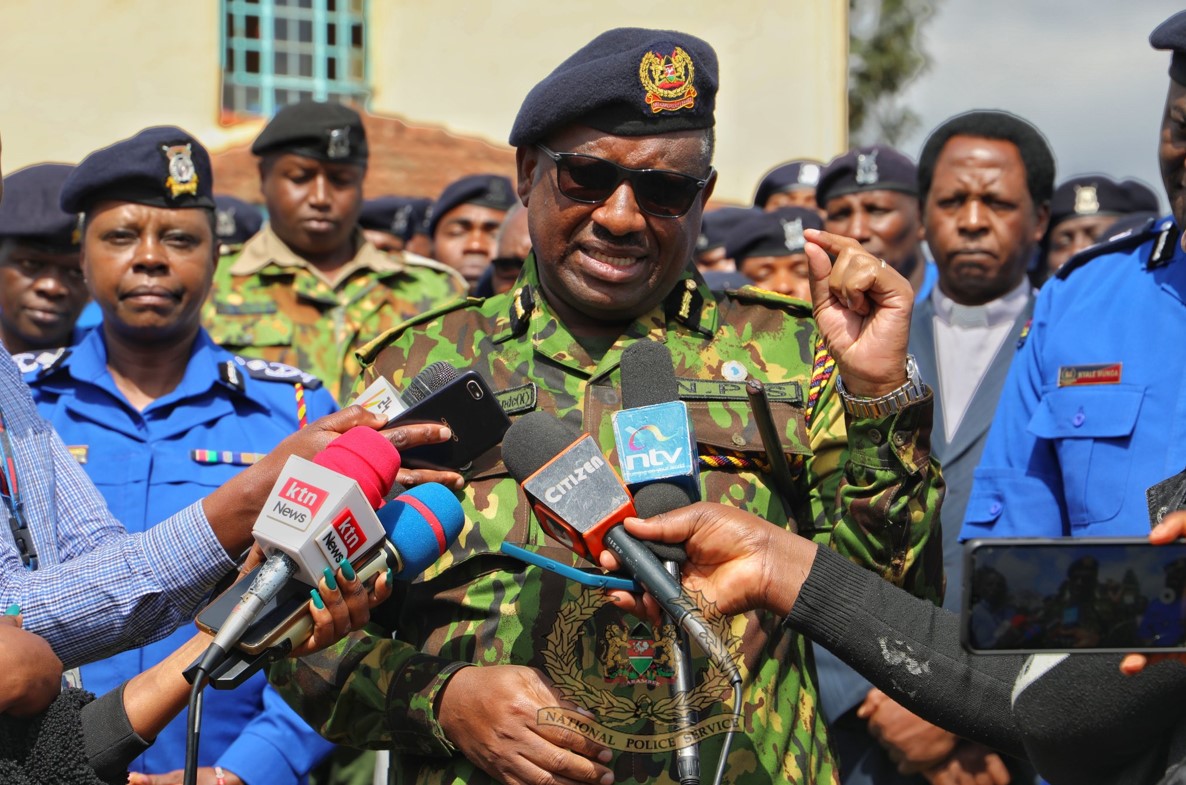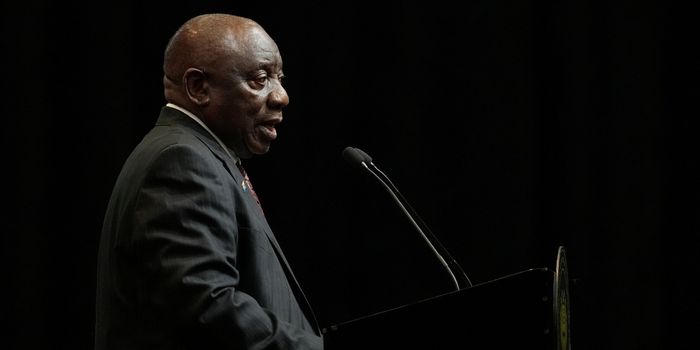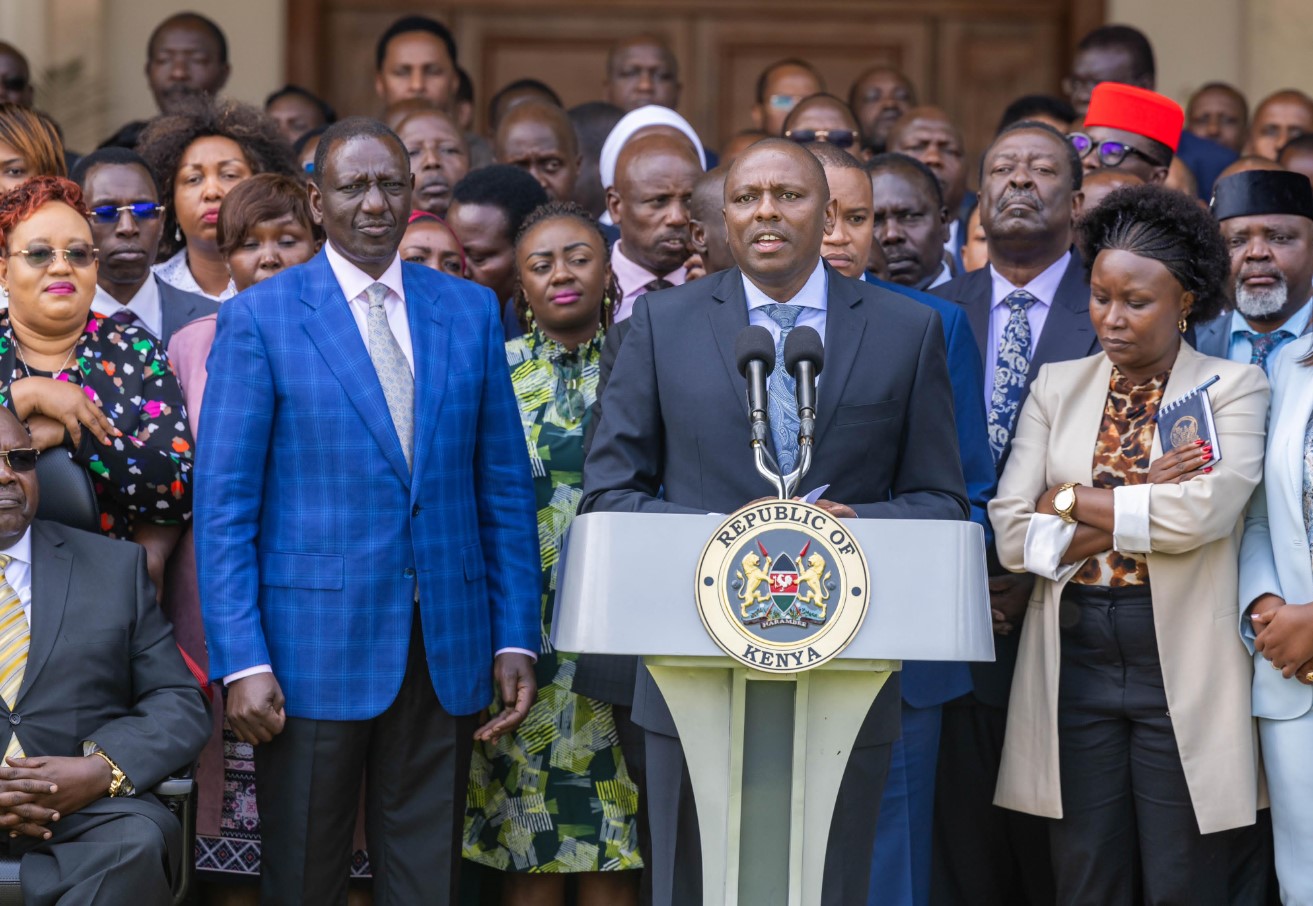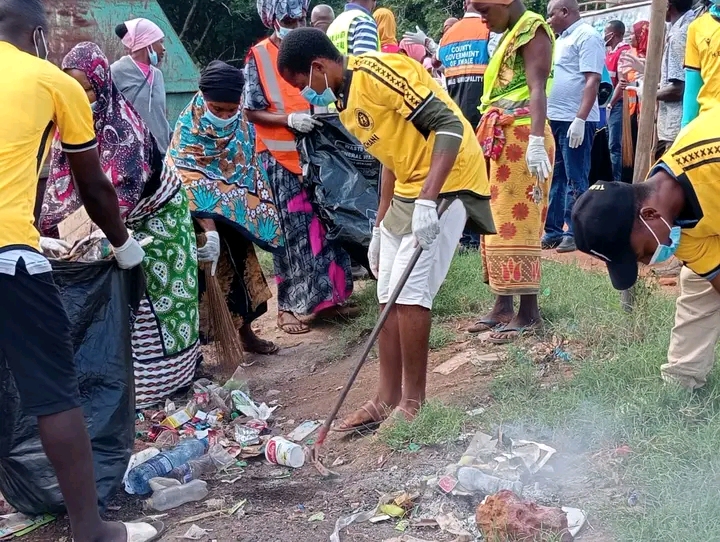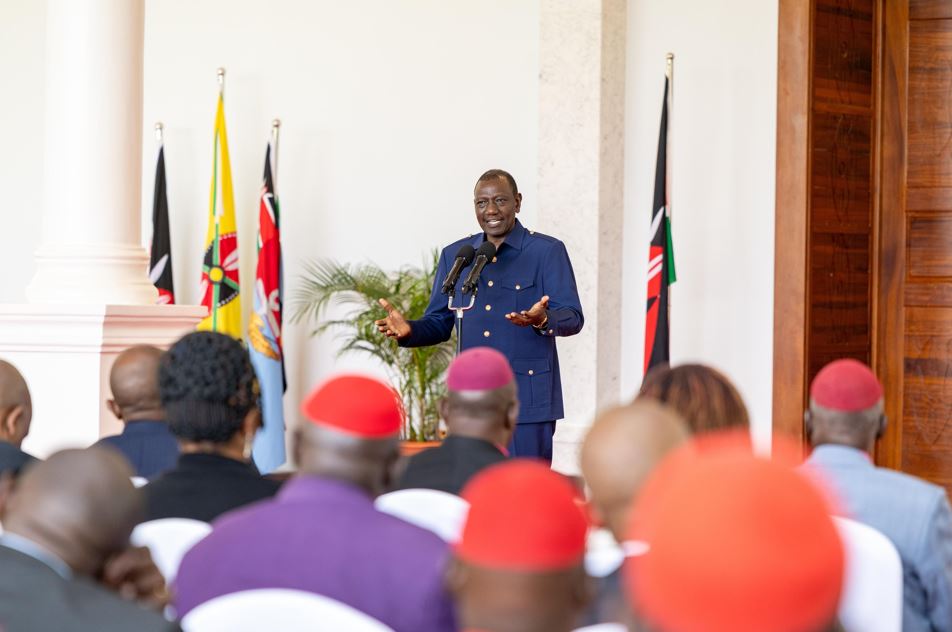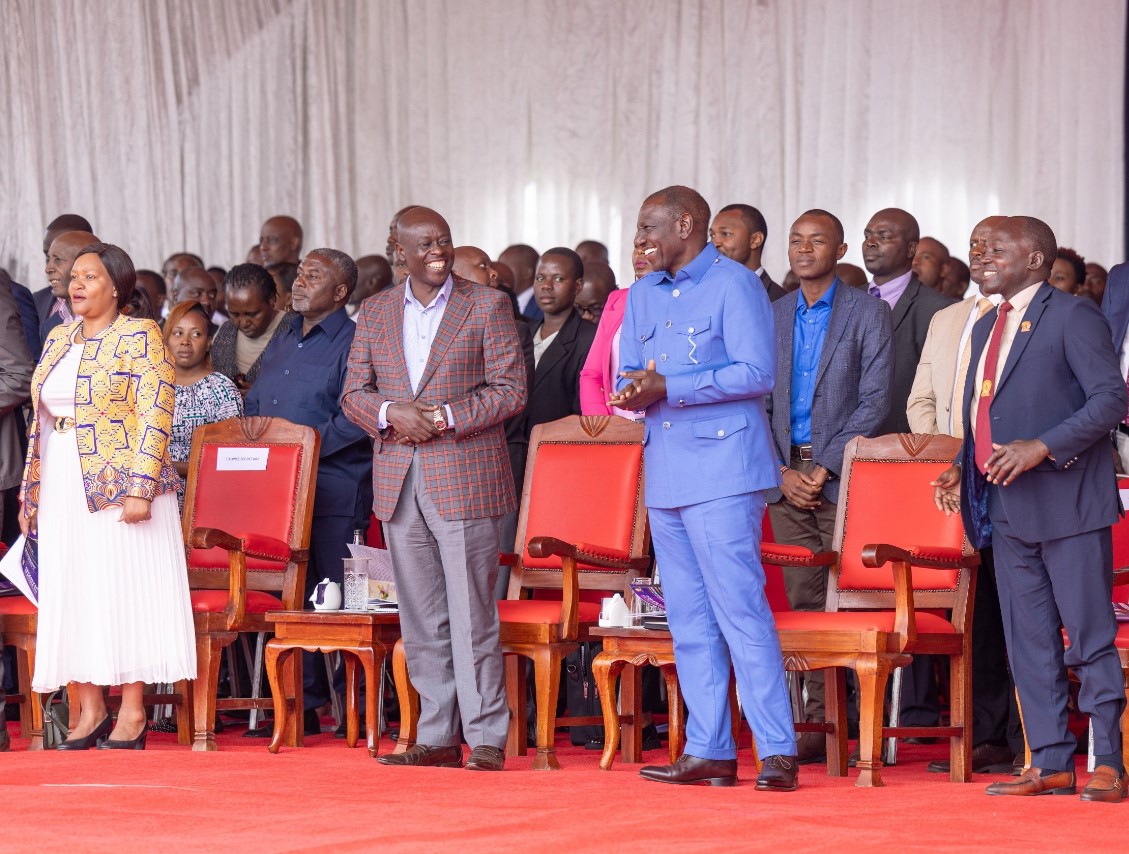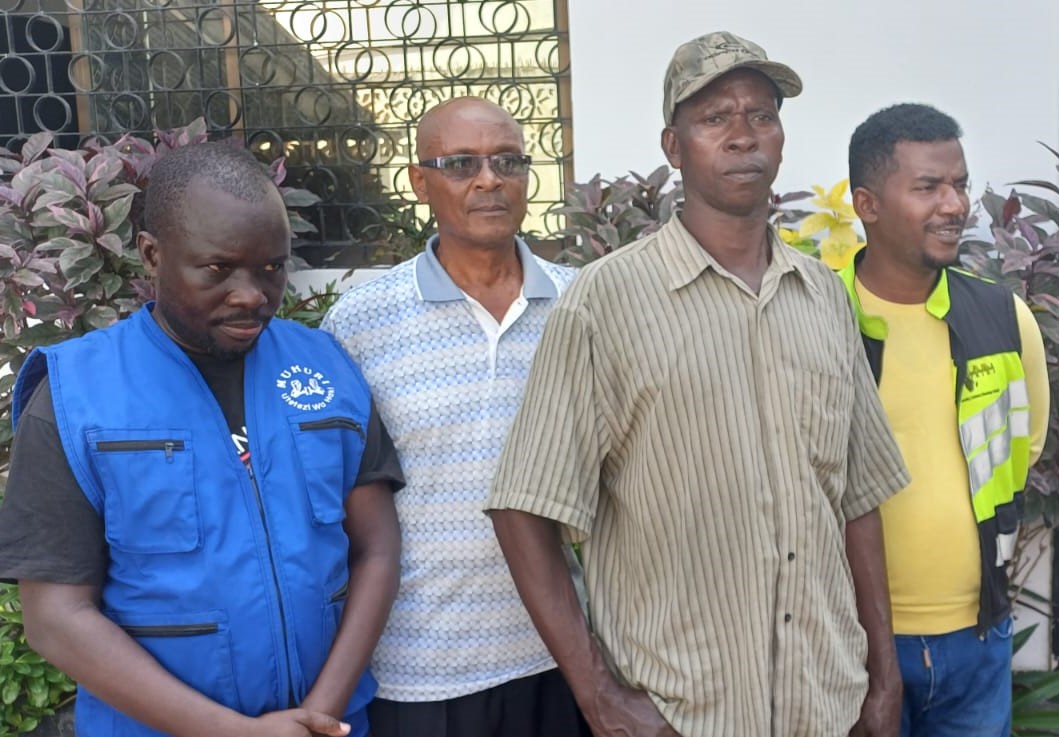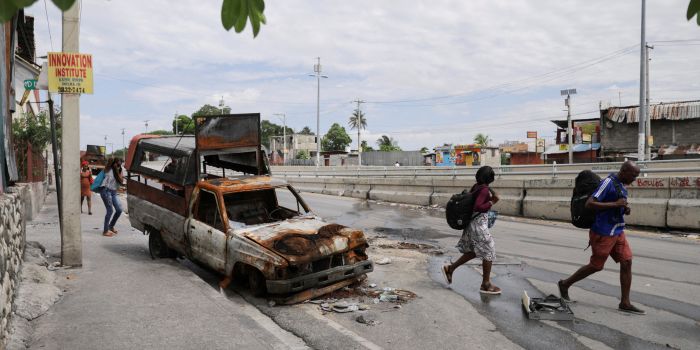Sub-Saharan Africa key hub for illegal wildlife trade - UN report

By Bashir Mohammed |
The region accounts for a staggering 19 per cent of global seizures of wildlife materials, underscoring its significant role in the illegal wildlife trade.
Sub-Saharan Africa has emerged as a critical hub for illicit wildlife trade routes and clandestine operations, fueling a multi-billion-dollar industry, according to the World Wildlife Crime Report 2024.
The region accounts for a staggering 19 per cent of global seizures of wildlife materials, underscoring its significant role in the illegal wildlife trade.
Between 2015 and 2021, the flow of illegal wildlife trade surged from Sub-Saharan Africa and South Asia, contributing to 44 per cent of all recorded seizures globally.
Among the species groups targeted, pangolins suffered the most, comprising 32 per cent of seizures during this period. This highlights the dire plight of these endangered creatures.
Elephants and various carnivores are among the other heavily trafficked species, illegally traded for their scales, meat, bodies, and as live specimens.
The report is a collaborative effort by the International Consortium on Combating Wildlife Crime (ICCWC), which includes CITES, Interpol, the World Bank, and the World Customs Organization.
Launched at the 33rd Session of the Commission on Crime Prevention and Criminal Justice (CCPCJ) in Vienna, Austria, on May 16, it illuminates the scale and scope of wildlife trafficking in Sub-Saharan Africa.
Initiated in response to a United Nations General Assembly resolution on tackling illegal trafficking in wildlife adopted in 2021, the report aims to strengthen efforts to combat this illicit trade and protect biodiversity.
Drawing on data from over 140,000 seizure records spanning 162 countries and territories, the report reveals the staggering scale of the illicit wildlife trade. From coral pieces to live specimens, medicines to meat, the illicit market spans an array of commodities driven by insatiable demand and organised criminal networks.
In Africa, pangolin, rhinoceros, and elephant items make up over 95 per cent of all seizures. This alarming statistic underscores the widespread nature of the problem across the continent.
In contrast, the illegal trade in Asia prominently involved timber and pangolin items, while Europe and the Americas faced different challenges, with eels and timber, respectively, being the most trafficked items.
The report highlights the devastating impact on biodiversity and ecosystem stability, undermining environmental, social, and economic values.
It underscores the urgent need for coordinated action to address wildlife trafficking, which poses a grave threat to global biodiversity, with over 40 per cent of species recorded in seizures classified as threatened or near-threatened.
Recent international police operations, such as Project Disrupt, led by Interpol and the UNODC, have unveiled the convergence of wildlife trafficking with other illicit activities, such as arms trafficking and drug smuggling. This paints a troubling picture of interconnected criminal networks operating with impunity across borders and underscores the complexity of the issue.
Tragically, the toll extends beyond the natural world, with wildlife rangers paying the ultimate price in their valiant efforts to protect wildlife and enforce conservation laws. Over 2,300 wildlife rangers have lost their lives in the line of duty between 2006 and 2021, with 80 per cent of casualties occurring in Africa and Asia.
Traffickers adapt as enforcement efforts intensify, leading to shifts in sourcing and trafficking routes to avoid detection.
This "balloon effect," characterised by changes in trafficking patterns in response to enforcement actions, underscores the need for a multifaceted approach to combating wildlife crime.
For instance, in 2018, a series of prosecutions of elephant ivory traffickers in East Africa led to a shift, with traffickers exporting ivory from the opposite side of the continent.
Between January 2010 and June 2016, a World Bank survey of multilateral and bilateral donor agencies, foundations, United Nations programmes, and international non-governmental organisations committed over $1.3 billion, or approximately $190 million per year, to combat the illegal wildlife trade in Africa and Asia.
Africa received the majority of these funds (63 per cent), with Tanzania, the Democratic Republic of the Congo, Mozambique, and Gabon among the top recipients.
The report calls for intensified global cooperation and sustained funding to combat wildlife trafficking, protect endangered species, and preserve biodiversity for future generations.


